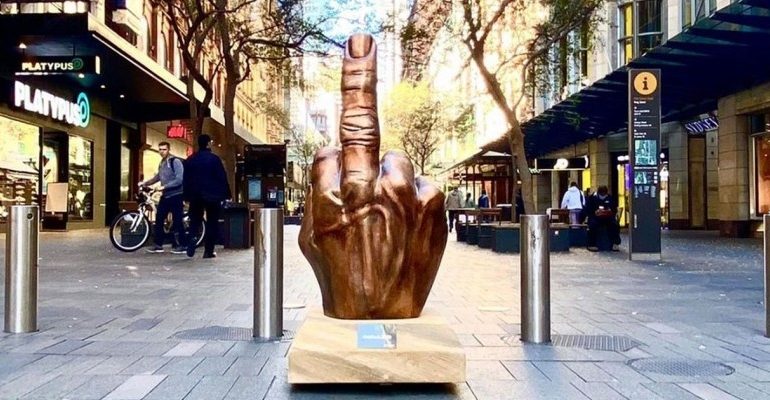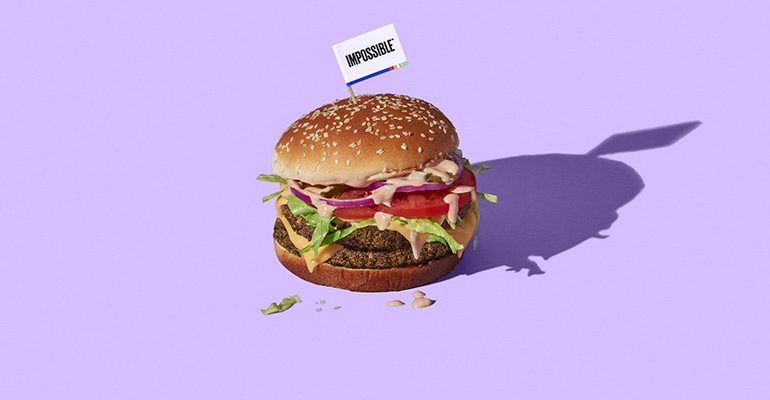By Jenny Stanley,
Social media ROI is one of the most important key performance indicators (KPIs) in marketing. It is often expressed as a percentage. KPIs allow you to compare and contrast different marketing channels to determine the effectiveness and efficiency of each channel.
Unlike measurements such as likes or shares, which are specific to social media, you can easily compare the ROI of all your social networks to that of your search engine advertising or email campaigns. This is because analysing your ROI across various channels allows you to rationalize the impact of all your marketing efforts with one clear concise single measurement. This analysis helps you identify immediately which social networks are most profitable as well as cost-effective for your business.
How do you measure customer engagement on social media?
Engagement is often considered to be one of the most valuable metrics for measuring lead generation on social media. However, you need to consider a multitude of factors when it comes to customer engagement. For example, are you addressing the right audience, how will your audience interact with your brand, and what does your audience do to engage with your brand and spread your content? A large follower base and many quality posts mean nothing if users are not genuinely interested in what you are offering.
To measure engagement, you need to measure user reactions. The reality of modern social media is that people see a lot of news and fresh content every day. If a consumer is interested in a piece of content, they will take a moment to comment on or like a post. Customer engagement on social media is a one-time thing. In effect, it shows that the user is interested in your brand’s publication in a well-filled community.
Measuring customer engagement
Retweets, likes, bookmarks and time spent watching your stories or videos can be monitored in real-time. To do this, you need to use social analytics software and web tools. You can also measure customer engagement using a specific formula: customer engagement = (amount of interactions/reach of posts) x 100.
Measuring negative customer engagement
Negative feedback is another form of customer engagement. You can know how a customer feels about your company, even with a negative comment. By taking the time to express themselves, the consumer is in a way showing that they expect a correction, which in turn can improve their experience.
How to measure the success of social media marketing?
As stated above, KPIs help in your company’s decision-making process. There are a few indicators that will be discussed in turn below. Each indicator should be monitored according to the objectives you have set yourself. For ease, we will group them into four sub-categories.
Reach
The reach metric lets you know how far your content reaches in terms of audience. In other words, it is an indication of the number of people who have seen your publication once. However, using reach as a metric for success should be done with caution. This is because the reach metric is often an estimated figure. However, the benefit of this is that it allows you to quantify the size of your potential audience. For example, a reach of 10,000 means that 10,000 people will see your publication at least once in their news feed.
Impressions
The impressions metric should be distinguished from reach. It corresponds to the number of times your publication has appeared on the screen. This content can be seen several times by the same person. For example, if your reach is 1,000 as in the previous example and the number of impressions is 10,000, it could be assumed that users have seen the publication 10 times.
Mentions
Mentions are the number of times your content has been mentioned by a person or influencer. This is one way to reach more people. Being mentioned often can mean that your content is liked for its quality. For example, when a person or influencer mentions you in a post or shares your content, they use the @personname feature. You will receive a notification that they have mentioned you.
Community
This indicator corresponds to your number of subscribers. You can follow its evolution. Its increase or decrease should be closely observed as it is directly correlated to the quality of your content. This indicator also allows you to learn more about the profile of your community (for example, their gender, age or location).
To measure the reach of your posts, impressions, mentions and your community, you can use social media tools such as Facebook Insights, Instagram Insights and Twitter Analytics. Each platform has its specificities. For example, with LinkedIn Demographics, you can learn more about the professional characteristics of your site visitors. Facebook Insights will allow you to know the hours of activity of your community.
There are alternatives to the integrated tools for knowing the results of your actions on social networks. This is the case of tools such as Hootsuite or CX Social, to name but a few.
How do I optimize content for social media marketing?
Ensuring an effective presence on social networks is a marketing challenge for all companies. Global login statistics show that potential customers are online more than elsewhere. This means that companies need to get involved in digital, which is now at the heart of marketing strategies.
Methods for social media and optimizing your marketing strategy
While all companies are now present on social media, not all have the same results. Information with high added value for internet users is needed, but the publication medium plays an equally important role. Even when communicating about your products, the approach must be designed to arouse the curiosity of the user.
Adjusting your brand to your audience
On social networks, you must adjust to the sensitivities of your community, depending on the medium on which you are communicating. As a rule, long texts are not welcome. The preferred format on social networks is images and videos, which may explain the growing success of TikTok and Instagram Reels.
When should I post on social media?
The timing, frequency and target audience of each post should be carefully considered.
Some platforms help you to automate your communication on social networks. From one interface you can control all your social media pages, plan and schedule up-to-the-minute posts, and analyse your marketing strategy.
One of the main advantages of such a tool is of course the possibility to synchronize your posts on all social networks. In addition, you can track your audience in real-time to measure and analyse the reach of each action.
Communicating on social networks to make money is a more demanding and complicated process than you might think. Having innovative tools at your disposal to automate and professionalize this communication can only help the company to achieve its objectives.
Conclusion
In conclusion, when approaching your social media strategy, it’s important that when considering all of the factors mentioned above that they are always considered in light of your brand’s marketing KPIs to determine the success of your campaigns.
By Jenny Stanley,
Jenny Stanley is managing director at Appetite Creative.























